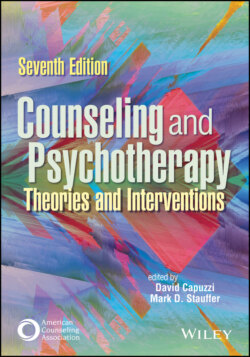Читать книгу Counseling and Psychotherapy - Группа авторов - Страница 62
Example Client: (turning away) Yes, you’re right. I’m not convinced this is what I want. (smiling) Maybe I was never meant to be happy.
ОглавлениеResponding to Nonverbal Cues
1 Counselor/Therapist: What I said made you angry and, I would suspect, hurt a little. Did you notice you turned away before you began to speak? What were you telling me when you turned away?
2 Client: (smiling) What you said did hurt me. I was angry, but I’m also embarrassed not to be able to handle this part of my life. I don’t like you seeing me this way.
Responding to Nonverbal Cues
1 Counselor/Therapist: I’ve noticed that on several occasions when you talk about your feelings of anger, embarrassment, or hopelessness, you smile. What does the smile mean?
2 Client: (long pause) I guess I want you to believe that it isn’t as bad as it sounds or that I’m not as hopeless as I think I am.
3 Counselor/Therapist: It is bad, or you wouldn’t be here, and “hopeless” is your word, not mine. Our time is up for today. Between now and next week, I want you to think about what we’ve discussed. See you next week?
The strategies we have outlined in this section enable a counselor or therapist to achieve more effectively both the process and the outcome goals related to counseling or therapy. Choosing which strategy to use, when to use it, and what its impact will be in the helping relationship is based on the education, experience, and personal dynamics that a counselor or therapist brings to the helping relationship (see Sidebar 1.5).
